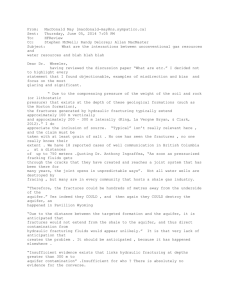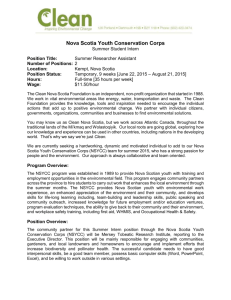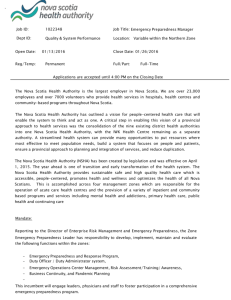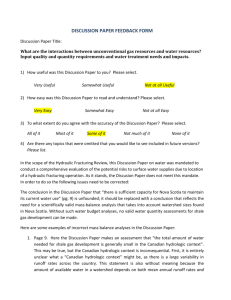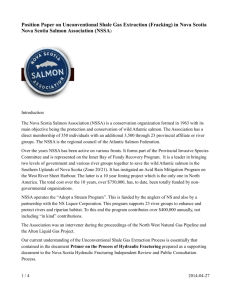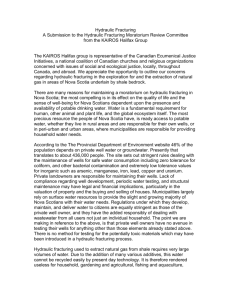Dawn Allen
advertisement
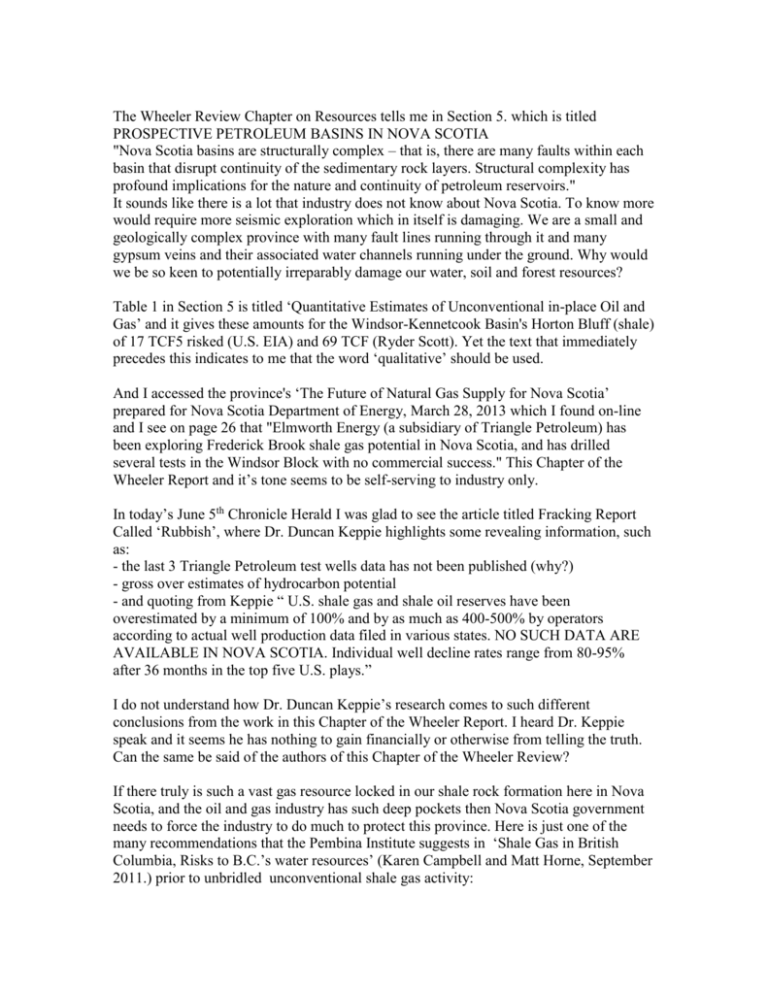
The Wheeler Review Chapter on Resources tells me in Section 5. which is titled PROSPECTIVE PETROLEUM BASINS IN NOVA SCOTIA "Nova Scotia basins are structurally complex – that is, there are many faults within each basin that disrupt continuity of the sedimentary rock layers. Structural complexity has profound implications for the nature and continuity of petroleum reservoirs." It sounds like there is a lot that industry does not know about Nova Scotia. To know more would require more seismic exploration which in itself is damaging. We are a small and geologically complex province with many fault lines running through it and many gypsum veins and their associated water channels running under the ground. Why would we be so keen to potentially irreparably damage our water, soil and forest resources? Table 1 in Section 5 is titled ‘Quantitative Estimates of Unconventional in-place Oil and Gas’ and it gives these amounts for the Windsor-Kennetcook Basin's Horton Bluff (shale) of 17 TCF5 risked (U.S. EIA) and 69 TCF (Ryder Scott). Yet the text that immediately precedes this indicates to me that the word ‘qualitative’ should be used. And I accessed the province's ‘The Future of Natural Gas Supply for Nova Scotia’ prepared for Nova Scotia Department of Energy, March 28, 2013 which I found on-line and I see on page 26 that "Elmworth Energy (a subsidiary of Triangle Petroleum) has been exploring Frederick Brook shale gas potential in Nova Scotia, and has drilled several tests in the Windsor Block with no commercial success." This Chapter of the Wheeler Report and it’s tone seems to be self-serving to industry only. In today’s June 5th Chronicle Herald I was glad to see the article titled Fracking Report Called ‘Rubbish’, where Dr. Duncan Keppie highlights some revealing information, such as: - the last 3 Triangle Petroleum test wells data has not been published (why?) - gross over estimates of hydrocarbon potential - and quoting from Keppie “ U.S. shale gas and shale oil reserves have been overestimated by a minimum of 100% and by as much as 400-500% by operators according to actual well production data filed in various states. NO SUCH DATA ARE AVAILABLE IN NOVA SCOTIA. Individual well decline rates range from 80-95% after 36 months in the top five U.S. plays.” I do not understand how Dr. Duncan Keppie’s research comes to such different conclusions from the work in this Chapter of the Wheeler Report. I heard Dr. Keppie speak and it seems he has nothing to gain financially or otherwise from telling the truth. Can the same be said of the authors of this Chapter of the Wheeler Review? If there truly is such a vast gas resource locked in our shale rock formation here in Nova Scotia, and the oil and gas industry has such deep pockets then Nova Scotia government needs to force the industry to do much to protect this province. Here is just one of the many recommendations that the Pembina Institute suggests in ‘Shale Gas in British Columbia, Risks to B.C.’s water resources’ (Karen Campbell and Matt Horne, September 2011.) prior to unbridled unconventional shale gas activity: “Review, and strengthen as needed, requirements for drilling, hydraulic fracturing and water storage and disposal as well as the liability of producers in case of contamination. This study has not revealed any B.C.-specific concerns with those requirements but, given potentially significant growth in shale gas activity and a scale of hydraulic fracturing that B.C. has not experienced as well as some of the current gaps in scientific understanding about hydraulic fracturing, this type of proactive review would be wise.” I am a confused and very concerned resident of Hants County. Thanks for the opportunity to comment. Dawn Allen 3432 HWY 215 Centre Burlington, NS



